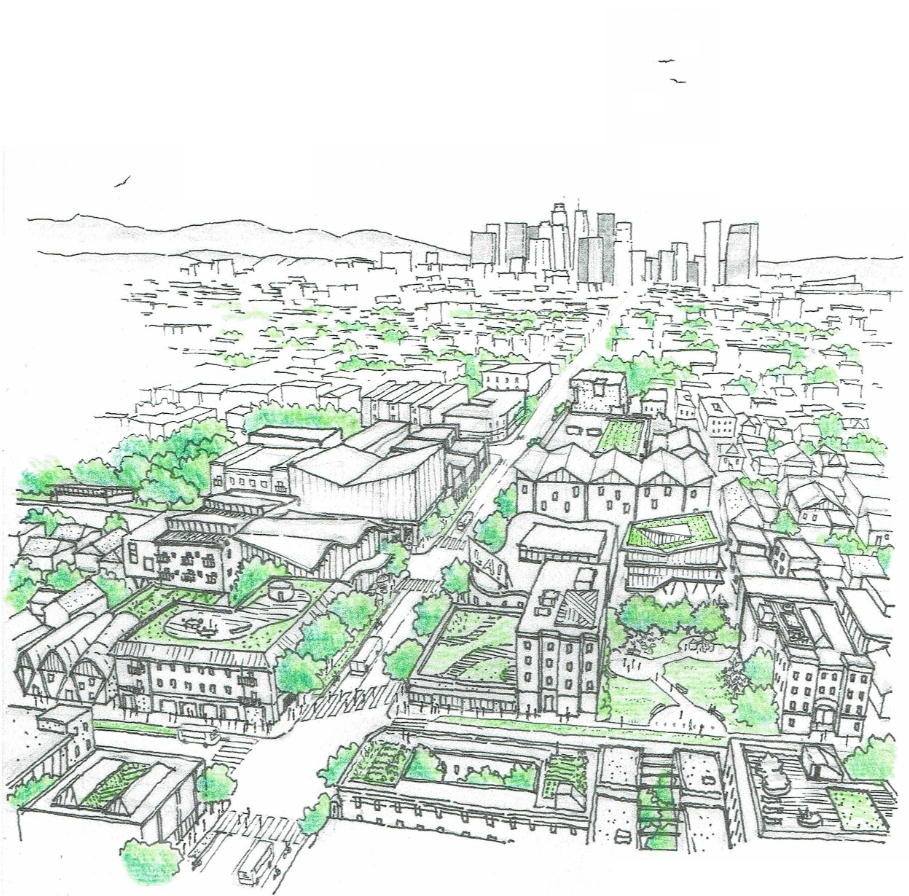Every eight years, a housing production target is determined for the City of Los Angeles by the Southern California Association of Governments (SCAG) in their Regional Housing Needs Assessment (RHNA). For the upcoming 2021-2029 cycle, Pacific Urbanism has further determined the production targets for each of the City's thirty-five Community Plan Areas through the FAIR Plan housing allocation index.
Read MoreLand use and zoning policies are restricting the construction of dwelling units in the City of Los Angeles. As a result, housing production in Los Angeles has failed to provide sufficient dwelling units to accommodate the city’s population growth. Certain areas of the city have even experienced a net loss of dwelling units, further exacerbating the problem.
Read MoreHousing production in Los Angeles has become a topic of vigorous public discussion as a housing crisis continues to affect residents across the region. This study helps identify where land use policy is lacking or failing in providing adequate housing for Angelenos.
Read MoreComing soon…
Read MoreComing soon…
Read MoreComing soon…
Read MoreNeighborhood communities and the Councils that represent these are in a position to address the housing shortage, which is the principal driver of housing unaffordability in the LA region. While some may perceive housing unaffordability to be an issue that predominantly affects lower-income households, in fact, the lack of competitively priced housing and the root causes that drive this condition have profoundly adverse effects on the regional economy, the environment, and social equity in various ways. The following study builds onto a body of academic and policy research into the root causes of the region’s infated housing prices and the most viable solutions, ranked from low hanging fruit to the long range planning efforts that are required. A different and perhaps better Los Angeles is possible: one that provides housing options that are accessible to all segments of society, that contributes to regenerative natural ecosystems, and that fosters economic development, innovation, and contributes to increasing wages. As the saying goes, “it is going to take all of us,” to build a Los Angeles that meets the broader needs of all communities.
Read More





